Glass doors, as shown in Figure 1, on kitchen cabinets were very common years ago and like a lot of other things, the use of glass cabinet doors has made a dramatic comeback.
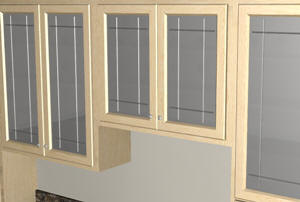
Figure 1 - Glass kitchen cabinet doors
If you are considering updating your kitchen cabinets, then you may wish to consider replacing some or all of the kitchen cabinet doors with glass. Replacement kitchen cabinet doors with glass can be purchased from a number of suppliers. However, if you are at a reasonable level of woodwork joinery, they are easily made in a home workshop.
In theory, glass kitchen cabinet doors can be made with an assortment of hand tools. However, for ease of construction, it is best to have a few power tools. Glass doors can be simply made with 2 power tools:
- Router (Figure 2) & Router Table (Figure 3).
- Orbital Sander (Figure 4).

Figure 2 - Router
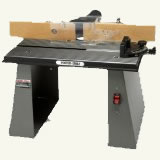
Figure 3 - Router table
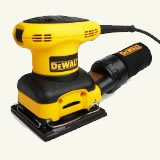
Figure 4 - Orbital Sander
The cabinet glass door is made up of two major pieces The frame and the glass itself. The frame is made using butt joints (it is not common to produce doorframes using 45 degree angles in the manner of a picture frame).
The butt joints, for the frame, can be made in 4 different methods:
- A dowel joint (Figure 5),
- A mortise and tenon joint (Figure 6),
- A biscuit joint (Figure 7), which requires a special tool (Figure 7a) or a biscuit jointer router bit
- A lap joint (Figure 8).
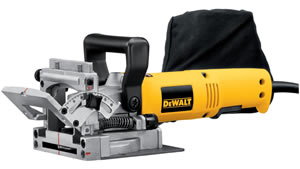
Figure 7a - Biscuit joiner
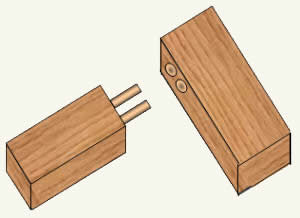
Figure 5 - Dowel joint construction
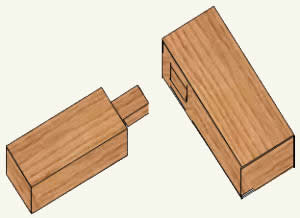
Figure 6 - Mortise & Tenon joint construction
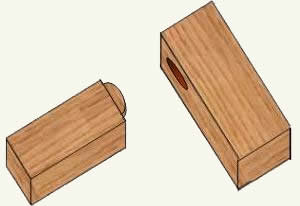
Figure 7 - Biscuit joint construction
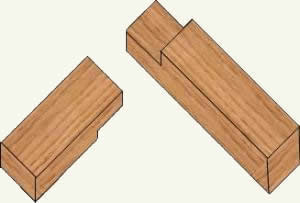
Figure 8 - Lap joint construction
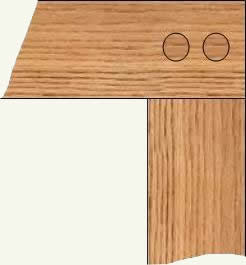
Figure 9 - Using dowels to strengthen a lap joint
The lap joint, can be strengthened by inserting dowels through the joint, as shown in Figure 9.
They can be inserted through the front, which will provide a decorative element to the cabinets, or they can be inserted through the back, in a blind hole so that they are not visible on the front face of the cabinet face-frame.

Figure 10 - Button plugs
Secondarily, dowels or dowel and buttons plugs (Figure 10) can be used to cover blind screws, or used as decorative elements for any style of joinery.
